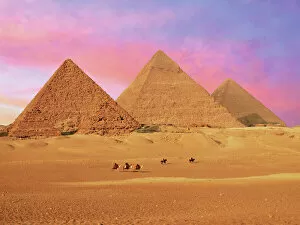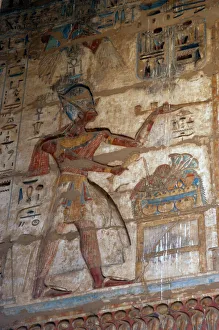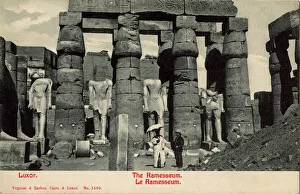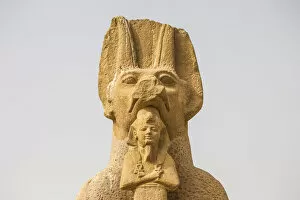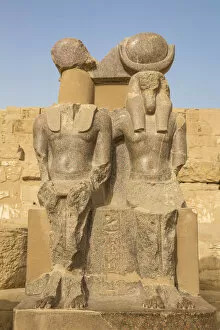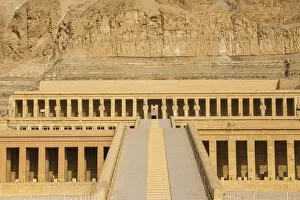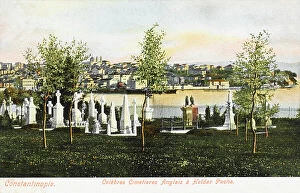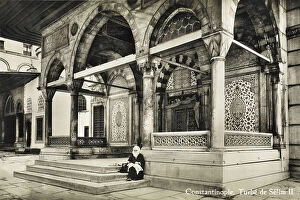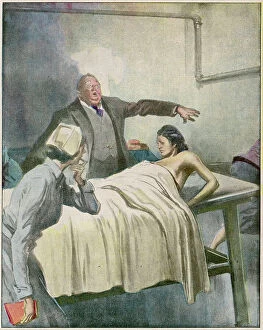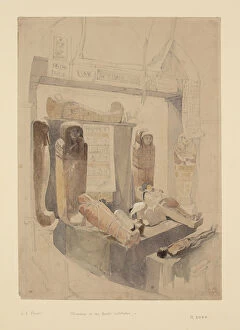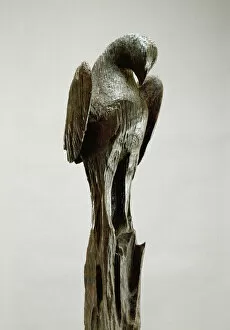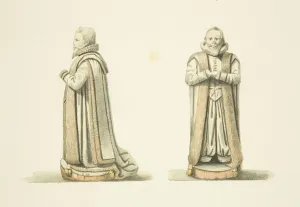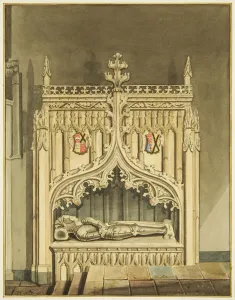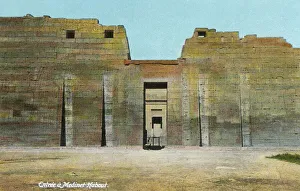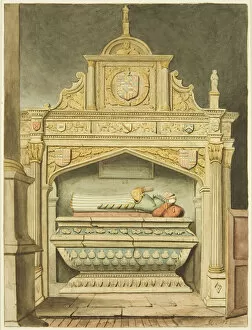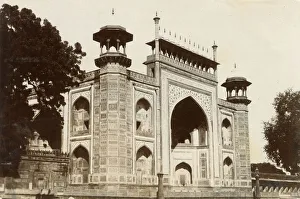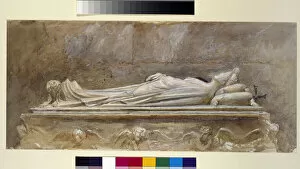Mortuary Collection
Captivating Mortuary: Exploring Ancient Tombs and Funerary Monuments Step into the intriguing world of mortuaries, where history intertwines with death
All Professionally Made to Order for Quick Shipping
Captivating Mortuary: Exploring Ancient Tombs and Funerary Monuments Step into the intriguing world of mortuaries, where history intertwines with death, and ancient civilizations come to life. From the majestic pyramids of Egypt to the ornate Taj Mahal in India, these captivating structures hold stories that transcend time. In Cairo, Egypt's bustling capital city, Giza offers a breathtaking view of all three Great Pyramids at sunset. These monumental tombs stand as a testament to the grandeur and ingenuity of ancient Egyptian civilization. Nearby lies the Temple of Ramses III, where pharaohs were laid to rest amidst intricate carvings and hieroglyphics that depict their divine journey. Traveling further south to Thebes, we encounter the Ramesseum of Rameses II. This colossal mortuary temple showcases remarkable architectural prowess while honoring one of Egypt's most revered pharaohs. Its towering columns and elaborate reliefs transport visitors back in time. Venturing beyond Egypt's borders, we find ourselves in Agra, Uttar Pradesh in India - home to the iconic Taj Mahal. Built as a mausoleum for Emperor Shah Jahan's beloved wife Mumtaz Mahal, this white marble masterpiece is an eternal symbol of love and devotion. Delving into artistry inspired by mortality takes us to Charles Meryon's haunting etching titled "La morgue" or "The Mortuary. " Created in 1854 Paris, it captures both fascination and unease surrounding death during that era. Continuing our exploration across continents brings us face-to-face with Rome's Pyramid tomb of Cestius - an enigmatic structure blending Egyptian influence with Roman architecture. Its presence amidst modern surroundings serves as a reminder of Rome's rich historical tapestry.

